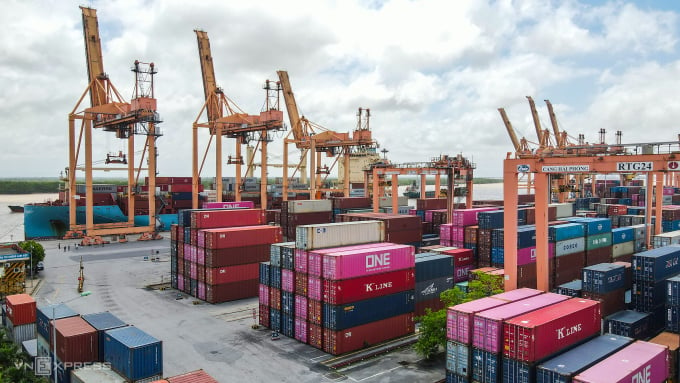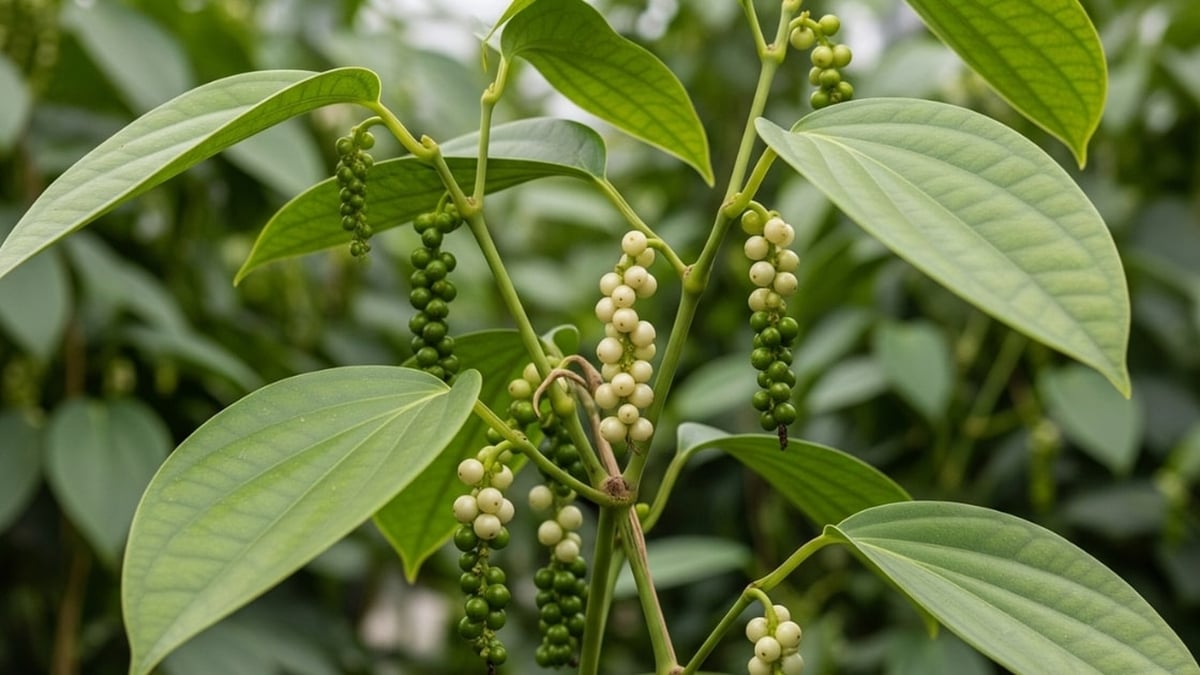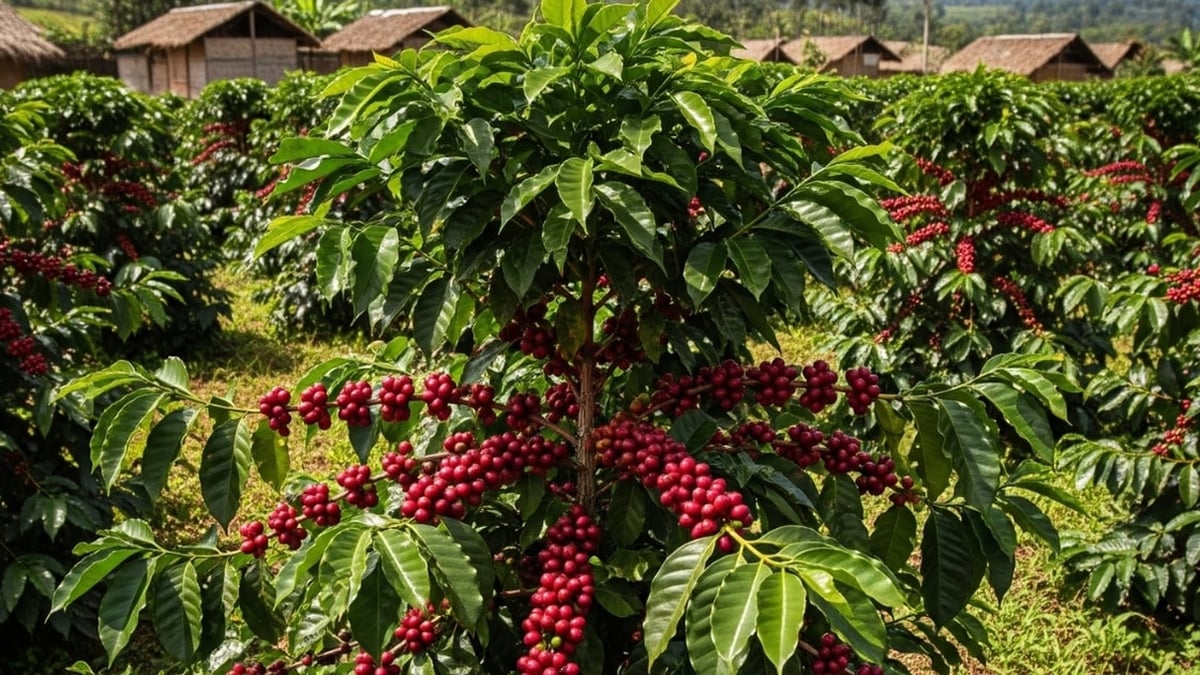The trade surplus in the past 10 months set a record, but businesses reduced imports of production materials due to lack of orders, and export revenue decreased.
According to the General Statistics Office, in the first 10 months of this year, Vietnam's export turnover of goods is estimated at 291.28 billion USD, while imports are 266.67 billion USD. This development caused the trade balance to record a trade surplus of 24.61 billion USD, more than 2.5 times higher than the same period in 2022 (9.56 billion USD).
This figure even broke the record of Vietnam's highest trade surplus year in 2020, with 19.94 billion USD. However, behind the "huge" figure, according to experts, there are not many encouraging signs, for a number of reasons.
First , in terms of absolute value, the total import-export turnover in the past 10 months decreased by 9.6%, reaching 557.95 billion USD. Of which, the export scale decreased by 7.1%, meaning that compared to last year, the money earned from selling goods abroad decreased.
And if we only look at the trade surplus figures, it does not show the poor health of many key export products. 85% of the turnover in the past 10 months came from the processing industry group (247.34 billion USD/291.28 billion USD), but 5 out of 7 products with turnover over 10 billion USD in this group decreased.
The sharpest decrease was in footwear (over 20%). Phones - components and textiles decreased by approximately 12%. Machinery - equipment - spare parts decreased slightly, at over 7%. In processed and manufactured products, only means of transport and spare parts increased well at over 18%, while computers - components only increased slightly by 0.7%.
HSBC’s October report also noted that exports have gradually improved, but the recovery is uneven. Textiles and footwear remain quiet, leading to continued layoffs due to a lack of orders from Western countries.
"Import-export growth used to be positive, but before October, most industries were negative, such as textiles, footwear, and wood products, and exports to Europe and the US decreased significantly," said Mr. Bui Duy Khanh, Head of Capital Markets Business at HSBC Vietnam.
The bank said that the only bright spot in exports this year was agriculture and fishery, bringing in 26.7 billion USD. However, the growth compared to the same period in 2022 was only 3.8%. Along with that, this group of goods contributed less than 10% to the total turnover, so it helped ease the situation but could not fully compensate for trade obstacles.
Second , and more notably, import turnover decreased at a faster rate than exports, by 12.3%. Of the more than 250 billion USD that Vietnam spent on purchasing goods from abroad in the past 10 months, nearly 94% was for production materials, including raw materials, machinery, equipment, and spare parts.
The decline in imports of machinery, equipment, raw materials and fuels shows that investment in production and expected production output are not high. As a processing and assembly economy , with many key products earning tens of billions of USD such as phones, clothes or footwear, all heavily dependent on foreign inputs, less imports, according to analysts, is not good news for the future.
Mr. Do Hoa, CEO of Tinh Hoa Quan Tri Consulting Company, said that the sharp decrease in imports is a sign that exports will remain gloomy in the coming months. "We are a processing country, so it is worth noting that we want to export more but import less," Mr. Hoa said at a recent event.
In the past two months, exports have started to improve. In particular, in the first half of November, for the first time after 11 periods of reporting import-export data from the beginning of the year to date (2 periods per month), the General Department of Customs recorded a trade deficit of 120 million USD. The trade balance has been adjusted towards a slower decrease in imports, helping the trade surplus from the beginning of the year to November 15 to 24.4 billion USD (10 months was 24.61 billion USD).

Import and export of goods at Tan Vu port - Hai Phong in July. Photo: Giang Huy
However, this trade surplus is still very large. With the purchasing power of major economies not yet recovering strongly, experts are not optimistic in the short term. According to Mr. Bui Duy Khanh of HSBC, the picture is still "relatively colorful".
"Not all industries will benefit, but only some specific industries. In the long term, textiles and garments are likely to continue the trend of having no orders or having orders that are just enough to maintain operations," he predicted. According to the expert, because Vietnam has a large economic openness, the main import markets have not recovered well, which will affect growth next year.
Sharing the same view, Ms. Vu Kim Hanh, Chairwoman of the Association of High-Quality Vietnamese Goods Enterprises, described the new economic recovery signs as "spotty but the general trend is still difficult". "The common problem is that import-export companies still do not have orders", Ms. Hanh said. She predicted that businesses will have to change from managing this year to "super managing" next year.
"Only when we see more imports will we be optimistic about future export figures," said Mr. Hoa. Therefore, he believes that the outlook for 2024 is not significantly brighter than 2023. In addition, in the long term, experts also warn of some fluctuations and trends that may occur.
For the US market, the reshoring policy needs to wait another 1-2 years to prove its success. If the country has more factories on the ground, the demand for supply from Asia may decrease in the long term.
For the European market, the variable may lie in oil prices. The region also buys from Central America, which has many tropical products similar to Vietnam but with shipping times nearly 10 days shorter. "As long as oil prices are reasonable, our exports will be competitive. But if oil prices rise, we will likely lose orders or become less competitive than Central America," Mr. Hoa assessed.
In addition to these two major trading partners, the world is witnessing two other general trends, which could also be detrimental in the long run if not prepared.
One is to have a market that implements policies in the direction of deglobalization, that is, tightening control barriers, to limit the import of goods that can be produced domestically or replaced. According to Mr. Hoa, economic difficulties are also a motivation for countries to promote this.
The second is the trend of green consumption, which means goods that meet sustainable certification criteria. "Currently, Europe is only buying less goods, but in the future it may be more difficult to sell to them when the bloc tightens green standards," Ms. Vu Kim Hanh warned.
Telecommunications
Source link



































































































Comment (0)